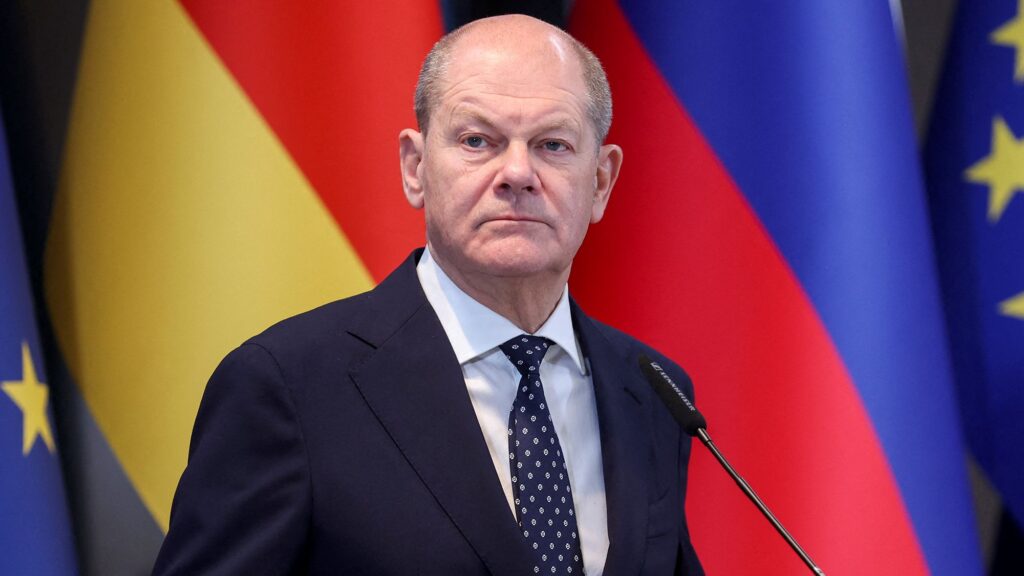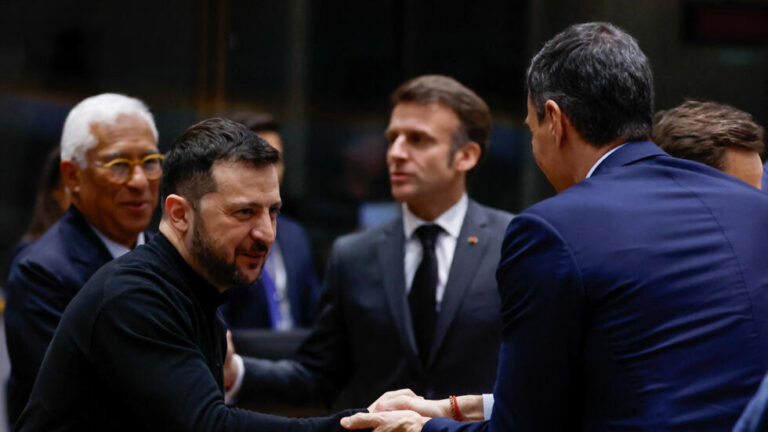Berlin, February 23, 2025 — Today, over 59 million Germans are casting their votes in a snap federal election that will determine the nation’s leadership and policy direction for the next four years. This election follows the collapse of Chancellor Olaf Scholz’s coalition government in late 2024, leading to heightened political uncertainty in Europe’s largest economy.
Economic Challenges and Political Climate

(German Chancellor Olaf Scholz)
The incoming government faces the daunting task of revitalizing an economy that has contracted for two consecutive years, a scenario unprecedented in recent decades. Key issues contributing to this downturn include bureaucratic inefficiencies, rising energy costs, and an automotive industry struggling to transition to electric vehicle production. These economic challenges have significantly influenced voter sentiment and the broader political discourse
Recent opinion polls position the conservative Christian Democratic Union (CDU) and its Bavarian sister party, the Christian Social Union (CSU), collectively known as the Union, in the lead with approximately 30% of the vote. Friedrich Merz, leader of the CDU, is the frontrunner for the chancellorship, potentially succeeding Olaf Scholz of the Social Democratic Party (SPD), which is currently trailing in third place with about 15% support. The far-right Alternative for Germany (AfD) is projected to secure around 20% of the vote, reflecting a notable shift in the political landscape according to Aljazeera.com
Key Political Figures and Party Platforms
Friedrich Merz has campaigned on a platform advocating for tax reductions, comprehensive military reforms, and a significant overhaul of immigration and asylum policies. His approach aims to address both economic revitalization and national security concerns. In contrast, the AfD, under the leadership of Alice Weidel, has maintained a critical stance toward the European Union, with discussions surrounding a potential “Dexit”—Germany’s exit from the EU. The party’s rise has been partly attributed to its anti-immigration rhetoric and growing public dissatisfaction with traditional political establishments.

The SPD, currently trailing in third place, faces challenges in regaining voter confidence amidst economic downturns and internal party disputes. The Greens and the Free Democratic Party (FDP) are also key players, with the potential to influence coalition formations depending on the election outcomes.
Potential Coalitions and Future Implications
Given the fragmented political environment, forming a stable coalition government may prove complex. While the Union is expected to lead, it will likely need to partner with one or more parties to achieve a governing majority. Potential coalitions include a partnership with the SPD, reminiscent of previous “grand coalitions,” or alliances with the FDP and possibly the Greens. However, internal disagreements, especially regarding policies on immigration and environmental regulations, could pose challenges to coalition negotiations.
The AfD’s anticipated strong performance adds another layer of complexity. Despite their projected second-place finish, mainstream parties have consistently ruled out forming coalitions with the AfD due to its far-right positions. This stance underscores the potential for prolonged negotiations and political uncertainty in the post-election period.
As polling stations close at 18:00 CET, initial exit polls and projections will begin to shape the understanding of Germany’s political future. The formation of the next government will be crucial not only for domestic policy but also for Germany’s role within the European Union and its approach to global challenges.


